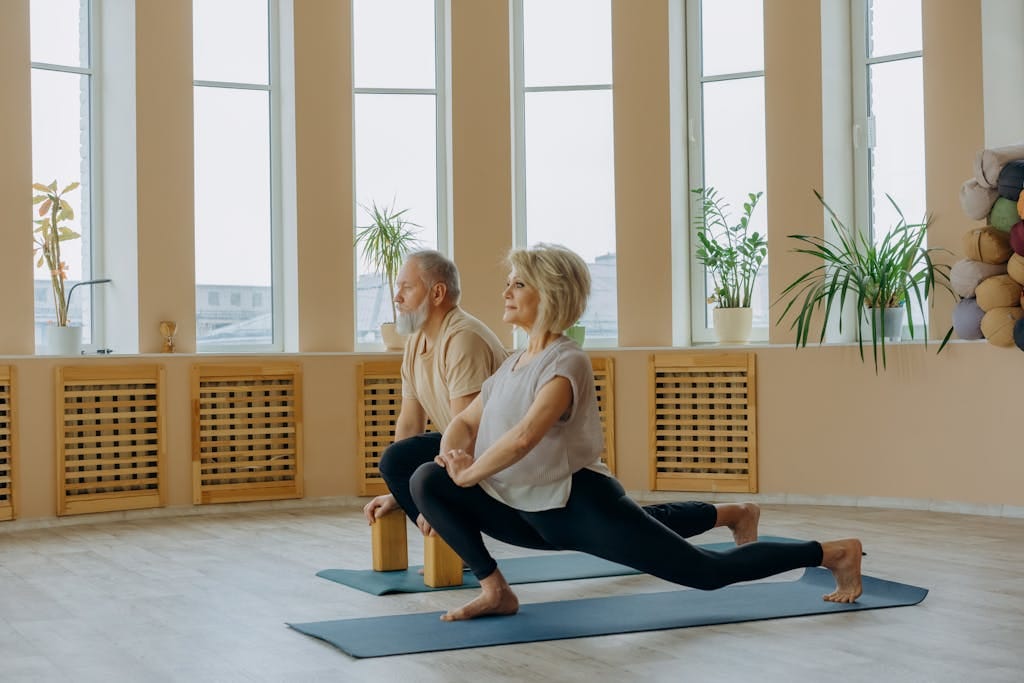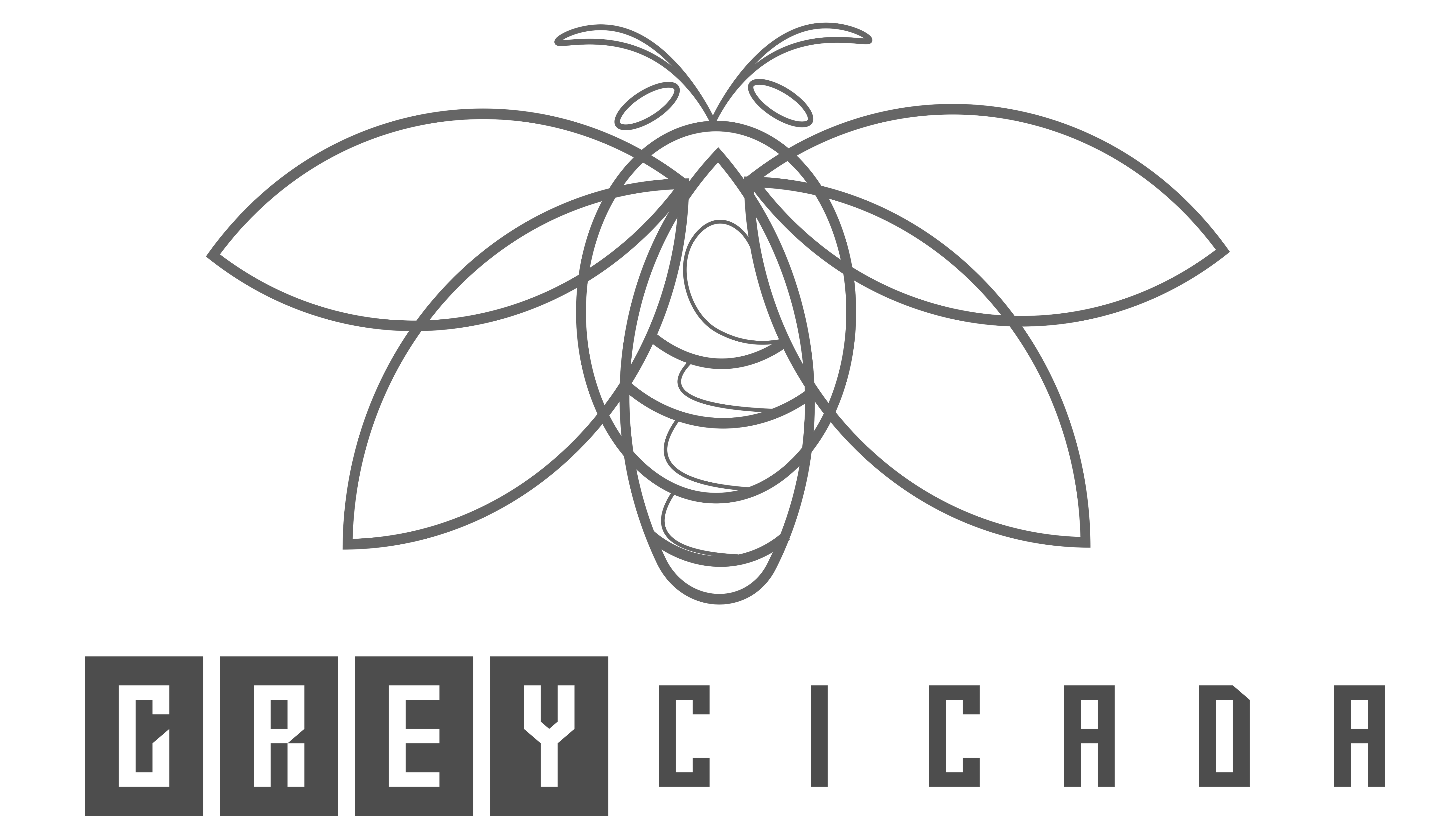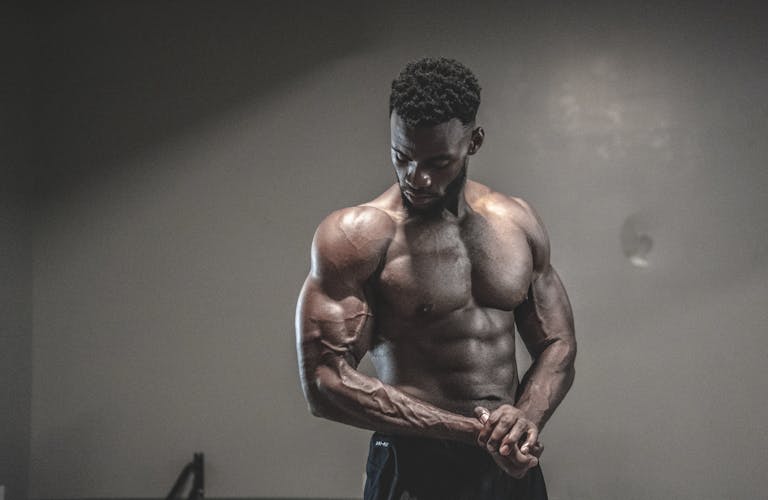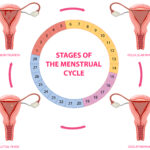FREE SHIPPING OVER $50
Unlock Your True Age: If You Can Do These Moves at 60, You’re Biologically Younger Than You Think

We all have a chronological age, the number that steadily climbs with each passing birthday. It’s the age on our driver’s license, the one that dictates retirement plans, and sometimes, the one that makes us sigh when we look in the mirror. But what if that number doesn’t tell the whole story? What if your body’s true age, your biological age, is actually decades younger than you think?
The exciting truth is that while your birth date is fixed, your biological age is not. It’s a reflection of how well your body’s systems are actually functioning – your cellular health, the strength of your muscles, the flexibility of your joints, and the efficiency of your brain. And here’s where it gets interesting: you can often get a very good sense of your biological age by assessing your functional fitness.
Biological Age vs. Chronological Age: What’s Your True Number?
Think of it this way: Chronological age is simply how many years you’ve been alive. Biological age, on the other hand, measures the wear and tear on your body at a cellular and systemic level. Two people born on the exact same day can have vastly different biological ages depending on their lifestyle, nutrition, stress levels, genetics, and how active they’ve been throughout their lives.
So, why are functional fitness moves such a strong indicator of biological age? Because they test the integrated performance of your core systems:
- Muscular Strength and Power: The ability of your muscles to generate force.
- Balance and Stability: Your body’s capacity to maintain equilibrium.
- Flexibility and Mobility: The range of motion in your joints and muscles.
- Cardiovascular Endurance: How efficiently your heart and lungs work.
- Neuromuscular Coordination: How well your brain communicates with your muscles.
These qualities are not just about performing well in the gym; they are fundamental to your ability to live independently, enjoy hobbies, and maintain a high quality of life as you age. Maintaining these abilities at 60 means your body’s internal machinery is likely far more youthful than the number on your passport.
The Power of Functional Movement for Longevity
These movements are essential because they:
- Prevent Falls: Good balance and lower body strength are critical in avoiding dangerous falls, a leading cause of injury and declining health in older adults.
- Maintain Independence: The ability to get up from the floor, tie your shoes, or carry objects allows you to live autonomously and enjoy your daily life without reliance on others.
- Reduce Injury Risk: A strong, mobile body with good balance is less prone to strains, sprains, and other injuries.
- Support Overall Health: Regularly engaging in functional movements contributes to cardiovascular health, bone density, and metabolic efficiency.
Unlock Your True Age: The 5 Moves to Master at 60 (and Beyond!)
Ready to test your biological age? Try these 5 functional moves. Remember to perform them safely and listen to your body. If you have any health concerns or are new to exercise, always consult with a doctor or physical therapist before starting.
1. The Sit-to-Stand (Chair Stand Test)
- What it tests: Your lower body strength, power, and balance. This is a fundamental movement for independence – getting up from a chair, toilet, or car.
- How it indicates youth: Strong leg muscles and the ability to generate power quickly are hallmarks of youth. This move shows your capacity for everyday tasks without struggle, indicating a lower risk of falls and greater functional independence.
- How to do it:
- Sit in a sturdy chair with your feet flat on the floor, about hip-width apart.
- Keep your arms crossed over your chest (or lightly rest them on your shoulders).
- Without using your hands, stand up fully, extending your hips and knees.
- Slowly and with control, sit back down.
- Repeat.
- Benchmark for youthfulness at 60: Being able to perform 10-12 repetitions in 30 seconds with good form, or easily standing up and sitting down with control without using your hands.
2. The Single-Leg Balance (Eyes Open & Closed)
- What it tests: Your balance, core stability, and proprioception (your body’s awareness in space).
- How it indicates youth: Excellent balance is a powerful predictor of longevity and a lower risk of falls. A youthful nervous system maintains stable equilibrium.
- How to do it:
- Stand tall, looking straight ahead.
- Lift one foot off the ground, bending your knee slightly.
- Hold this position for as long as you can, first with your eyes open.
- Then, challenge yourself by closing your eyes and repeating on both legs.
- Benchmark for youthfulness at 60:
- Eyes Open: Holding for 20-30 seconds or more.
- Eyes Closed: Holding for 10-15 seconds or more (this is much harder!).
3. The Back Scratch Test (Shoulder Mobility/Reach)
- What it tests: Your shoulder flexibility, mobility, and overall upper body range of motion.
- How it indicates youth: Good shoulder mobility allows you to easily perform tasks like reaching overhead, dressing yourself, or grabbing something from a high shelf – all signs of continued independence and youthful joint health.
- How to do it:
- Reach one hand over your shoulder and down your back, trying to touch your shoulder blade.
- Reach your other hand behind your back, palm facing outward, and try to reach upwards to meet your first hand.
- Measure the distance between your fingertips (or how much they overlap).
- Benchmark for youthfulness at 60: Your fingers can touch or overlap significantly (by 2 inches or more). A gap of 2 inches or less is still good; anything more indicates room for improvement.
4. The Full Squat (or Deep Squat to a Low Surface)
- What it tests: Your hip and ankle mobility, lower body strength, and core stability. This is crucial for getting off the floor, picking things up, or gardening.
- How it indicates youth: The ability to perform a deep squat indicates youthful joint health and sufficient strength to get into and out of low positions comfortably. It signals resilient hips, knees, and ankles.
- How to do it:
- Stand with your feet about shoulder-width apart, toes pointing slightly out.
- Keeping your chest up and core engaged, slowly push your hips back and bend your knees as if sitting into a chair.
- Descend as deep as comfortably possible while keeping your heels on the ground and your back relatively straight.
- Push through your heels to stand back up.
- Modification: If a full squat is too challenging, practice squatting to a low chair or sturdy bench, gradually lowering the height of the surface.
- Benchmark for youthfulness at 60: Being able to squat below parallel (hips lower than knees) while maintaining good form and keeping your heels on the ground.
5. The Plank (for Time)
- What it tests: Your core strength, endurance, and spinal stability – essential for posture, preventing back pain, and supporting all other movements.
- How it indicates youth: A strong, stable core is the foundation of all movement and a hallmark of functional fitness at any age. It supports good posture and prevents many common aches and pains associated with aging.
- How to do it:
- Start in a push-up position, then lower onto your forearms, keeping your body in a straight line from head to heels.
- Engage your core, squeeze your glutes, and avoid letting your hips sag or rise too high.
- Hold this position for as long as you can with good form.
- Benchmark for youthfulness at 60: Being able to hold a perfect plank for 30-60 seconds or more.
So, What’s Your Score? Interpreting Your Results
If you found yourself able to confidently perform all 5 of these moves at 60, congratulations! You are a testament to the power of functional fitness and healthy aging. Your biological age is likely significantly younger than your chronological age, reflecting a body that is strong, mobile, and resilient. Celebrate your capabilities!
If some of these moves felt challenging, that’s perfectly okay. Don’t view it as a failure, but rather as valuable information. Each challenging move provides a clear roadmap for areas you can focus on to improve your functional fitness and, in turn, reduce your biological age. The beauty is that you can always improve!
Related Articles
- Defy Your Age: 3 Simple Exercises for Lifelong Strength & Vitality After 60
- Live Longer, Ditch the Treadmill? Science Reveals the True Longevity Exercise (It’s Not Cardio!)
- Researchers Uncover the #1 Strength Training Method for Older Adults to Build Muscle & Boost Energy!
- Knee Pain? NOT Anymore! 15 Gentle Workouts That Torch Calories & Protect Your Joints
- Age Reversal Workout: This “Slow-Mo” Method Builds Strength & Fights Muscle Loss (Even at 70+!)







